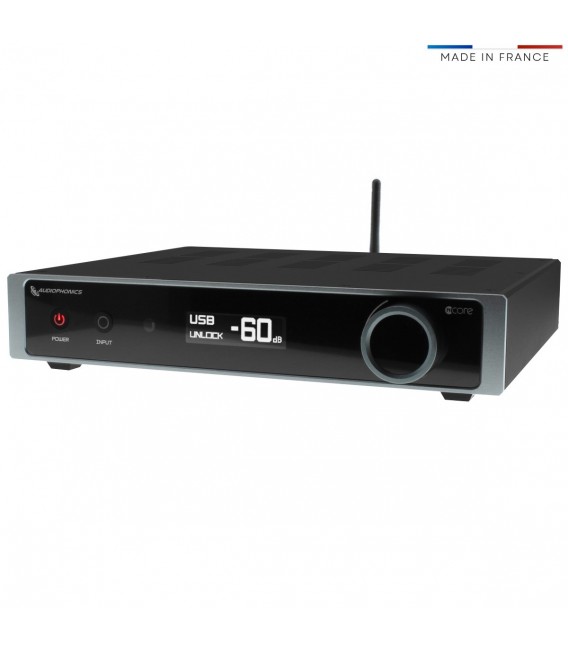OP
Jasperamsterdam
Member
- Joined
- Sep 2, 2023
- Messages
- 13
- Likes
- 4
- Thread Starter
- #21
Haha! I understand your point of view and maybe this is one big romantic mistake before I end up with a flawless Hypex amp buying from graphs!An amplifier shouldn't (and usually doesn't) affect the "sound quality" (except for tone controls or other EQ).
Look for output power (generally to match your speakers, depending on how loud you want to go).
There is always SOME noise from any active analog circuit (hum, hiss, or whine in the background). The noise specs aren't that useful because there are different measurement methods, except of course the measurements here are comparable. Whether the noise is audible or not also depends on the sensitivity of your speakers (or headphones), how close you are to the speakers, and the acoustic noise in the room.
And of course, "features" with an integrated amp.
Class-A is just "dumb" and energy inefficient.It's not class-A because it's better, it's class-A because it was the way the 1st amplifiers were made. And in the old days it was easier & cheaper because class-A/B required an additional tube, transistor, or MOSFET. Now, the cost of a MOSFET is insignificant and Class-A it's the most expensive (per Watt). Class-D is a LOT more complex and it requires integrated circuits (at least to make it economical). Class-D is very energy efficient, and with less energy wasted as heat inside the amplifier, more power can go to the speakers. With economical integrated circuits, Class-D seems to be becoming the standard.
On the other hand, every speaker sounds different and if possible you should listen before you buy, or maybe just go to an audio/video store listen to a variety of different speakers to get an idea of what you like. (I'm an old-school big-speaker guy... There's more to speaker design than size, but physics does come into play and "a kitten can't roar like a lion".)
A subwoofer should have a crossover to send only the lows to the bass and to block the lows from your main speakers. That's built-into all audio video receivers, but it's rare on integrated amps. Almost all subs have a low-pass filter and some active subs have a crossover built-in. You connect the preamp-output to the subwoofer, and then the plug the sub's crossover outputs to your power amp input. (Some integrated amps have a way to "insert" for an crossover or equalizer.)
Do you already have the turntable and/or records? If not, I'd advise against this outdated, inferior, technology.
Sweet & Warm don't have real meanings... They are just common "audiophile nonsense" along with thousands of other meaningless audiophile words, and they can mean whatever you want them to mean, or however they make you "feel". This is Audio Science Review.See Audiophoolery for the real characteristics of sound quality.
A good tube amp won't sound any different than another amp... Its job is to amplify... But if a tube amp does have a particular "color" or "sound", it will be different from every other tube amp and you'll need to choose one you like.
I understand the discussion coming from photography background on the value of film va digital, ratio vs romantics.
The turntable i already have inherited from my father along with some great records my parents use to play when young




